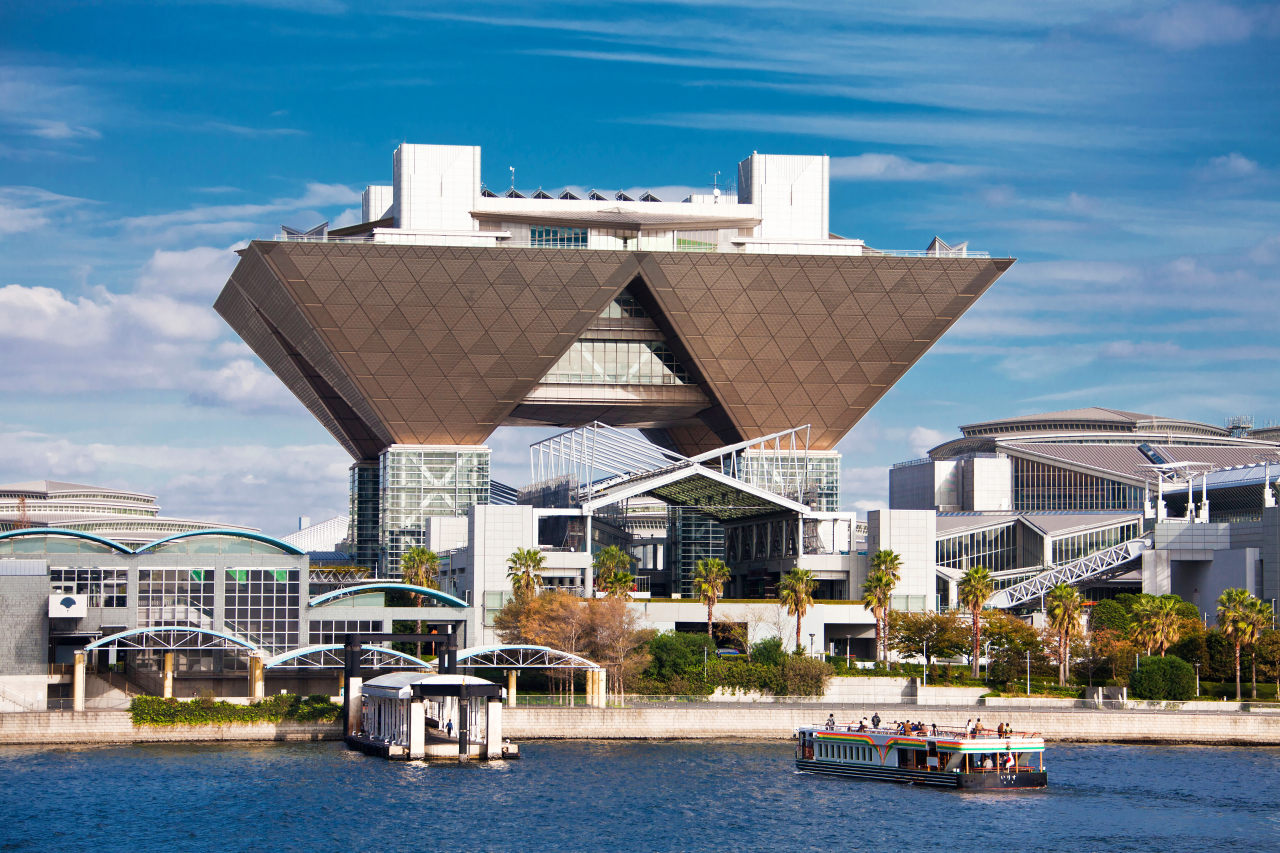Top 10 places to visit in Tokyo
The best of Japan's capital
Japan’s capital is a spellbinding blend of ancient tradition and non-stop modernity. On the one hand there’s the city of popular imagination: a perpetually buzzing metropolis illuminated by dazzling neon. But there's also another side to Tokyo, one home to tranquil gardens, traditional temples and ancient shrines.
Whatever side of the city you want to see, and whether you’re heading there for a weekend or a week, we’ve rounded up 10 sights you shouldn’t miss.
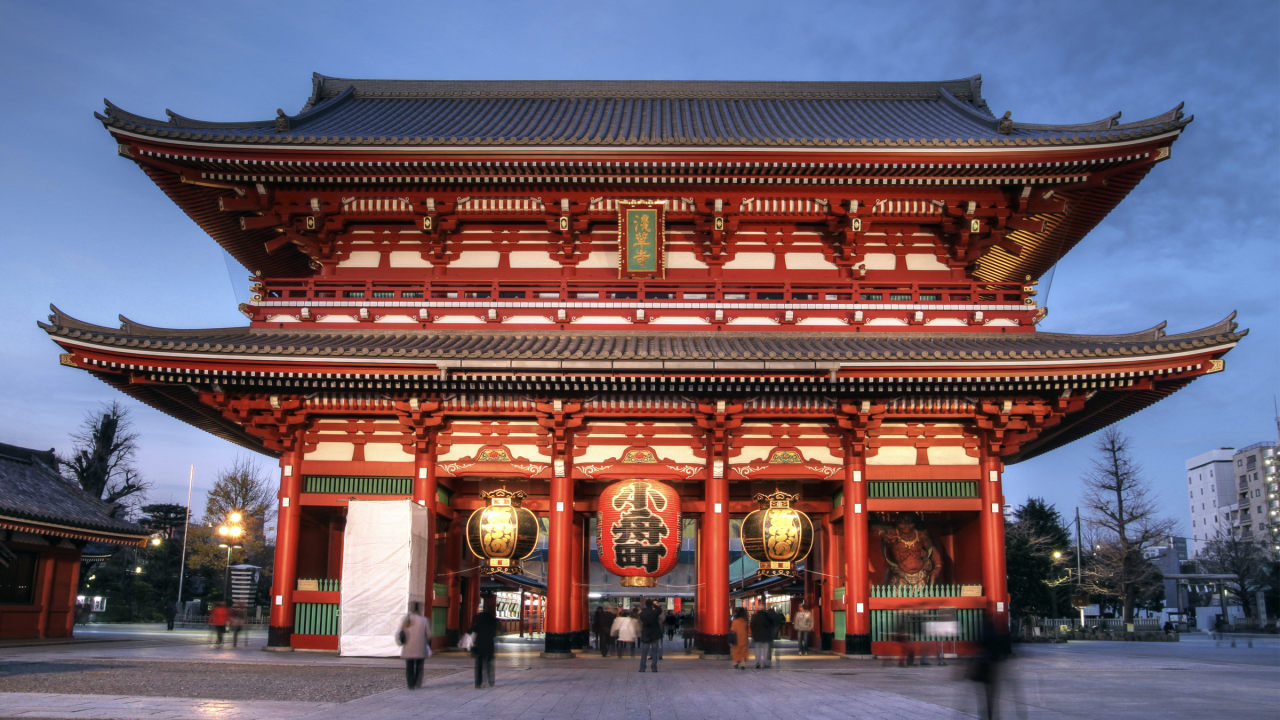
Imperial Palace grounds
Part “Forbidden City”, part public park, the Imperial Palace is one of Tokyo’s most impressive sights. Nestled between several busy urban areas, this expansive complex contains the magnificent residence of the emperor and is encircled by a variety of impassable moats, impenetrable stone walls and fairy-tale bridges.
The public areas of the grounds also hold a number of museums, galleries and stunning Japanese gardens. Don’t miss the National Museum of Modern Art, home to more than 12,000 works by Japanese and Western artists, or the Imperial Palace East Gardens, which feature beautiful stone lanterns, elegant bridges, swathes of flowers and towering zelkova trees.
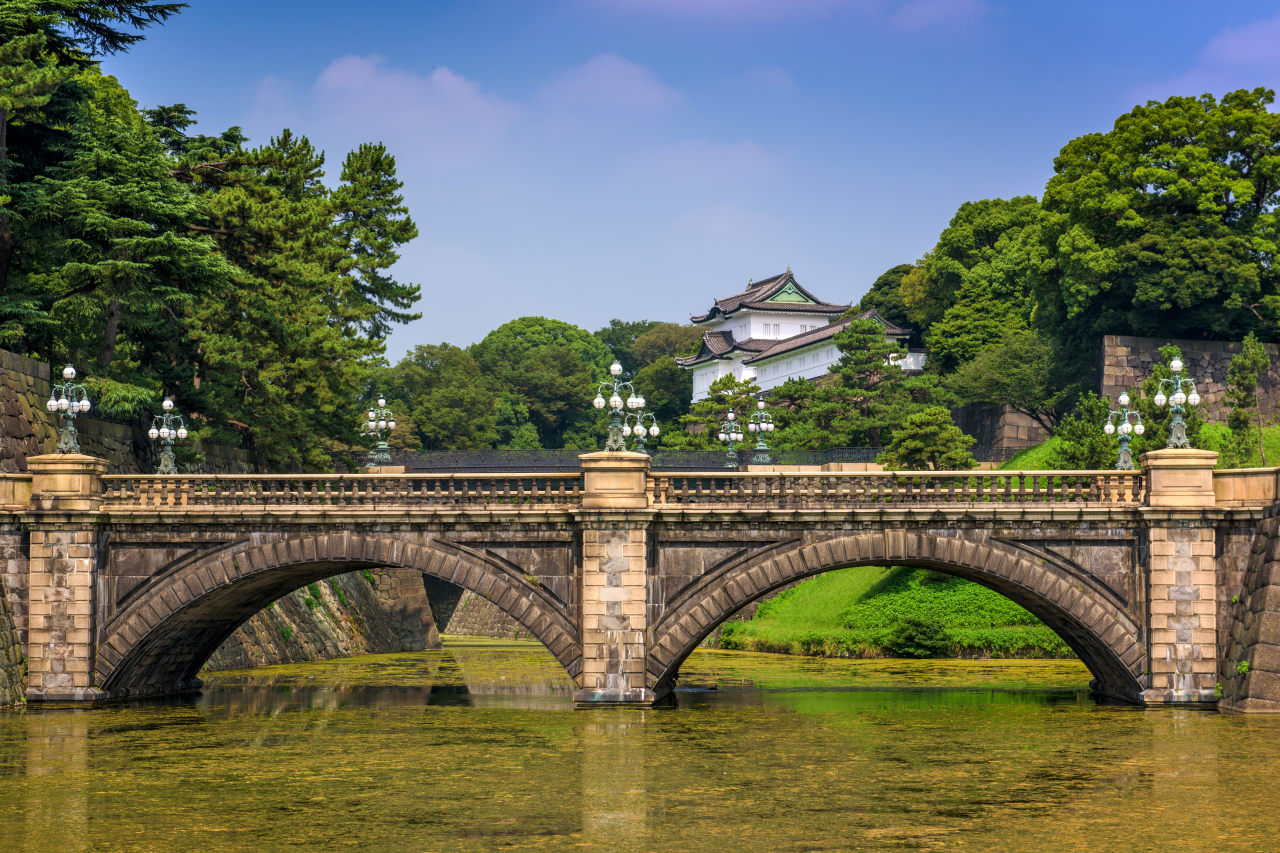
Meiji Shrine
Set amid lush green forest, Meiji Shrine is one of the most serene spots in Tokyo. Dedicated to the memory of Emperor Meiji (1852–1912) and his wife, Empress Shoken, the shrine’s exquisite Shinto architecture and iris garden embody the theme of nature.
The temple's impressive main gate is made from 1,500-year-old Japanese hinoki cypress trees; standing 39-ft (12-m) tall, it's Japan’s largest torii. Take in this awe-inspiring sight before admiring the many ema (votive tablets sending prayers to the gods) which are hung on prayer boards in front of the shrine.
Many cultural events are hosted within the grounds of the shrine, ranging from court dances, music performances, and Noh and Kyogen drama to horseback archery, ice sculpture displays and calligraphy shows. If you visit on a Saturday afternoon, you may be lucky enough to see a Shinto wedding. While quietly formal in manner and attire, these celebrations are visually dazzling.
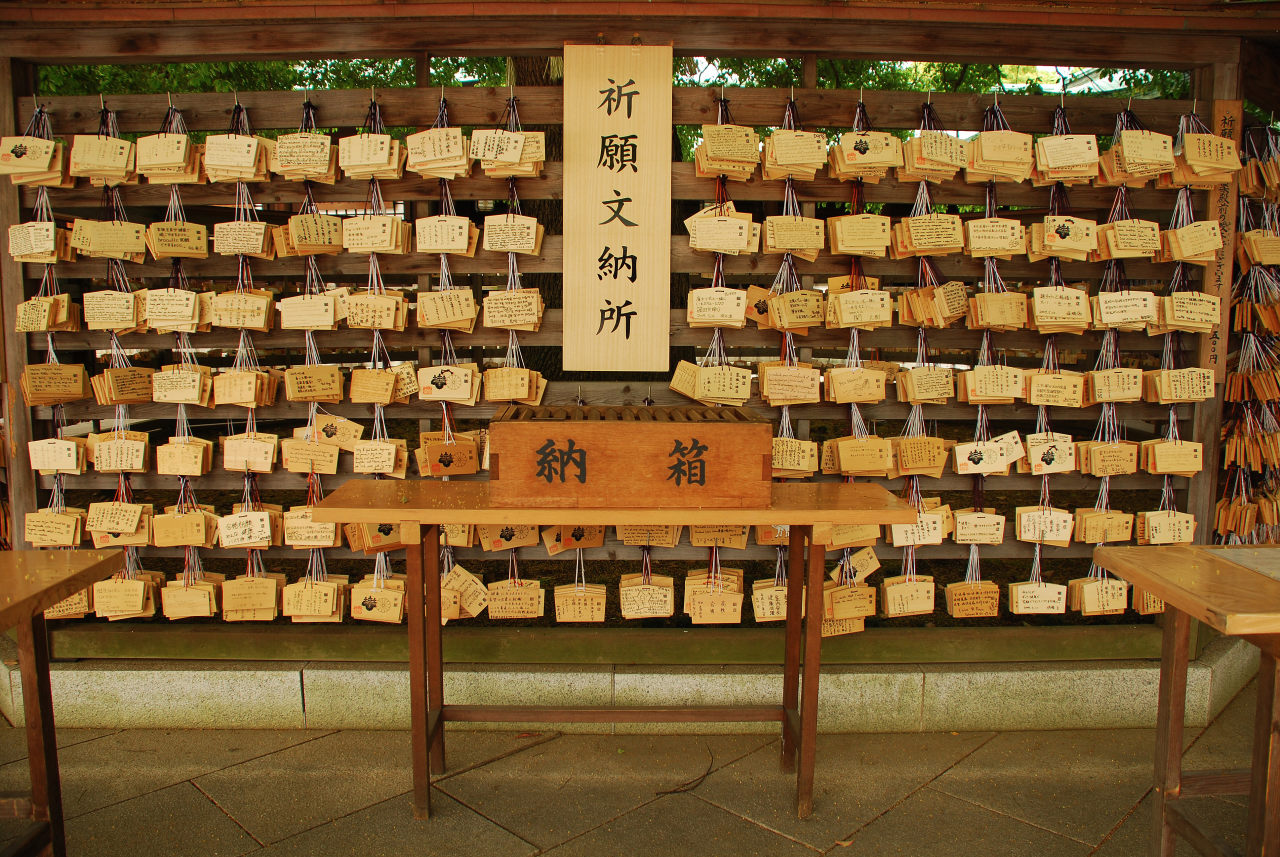
Sumida River
The Sumida River, Tokyo’s main waterway, has long been a symbol of the city.
Teeming with ferries, water-buses and pleasure boats, this famous river is lined with pretty gardens and ancient temples. It's also spanned by several iconic bridges, including the lantern-lit Komagata and bright-blue Kiyosu. And while the sweeping arches, stone stanchions and wrought-iron lanterns of these older bridges lend a sense of continuity to the ever-changing city, many of the buildings that line its banks are undoubtedly futuristic.
Take a boat trip down the river to spy some of this quirky architecture, from the towering Tokyo Skytree, the world’s tallest freestanding tower, to the surreal Asahi Beer Hall: set above Azuma Bridge, this striking black building was designed in the form of an inverted pyramid and boasts an unusual golden rooftop installation known as the Flamme d’Or.
In search of the perfect panorama? Head to Eitai Bridge and enjoy sweeping scenic river views.
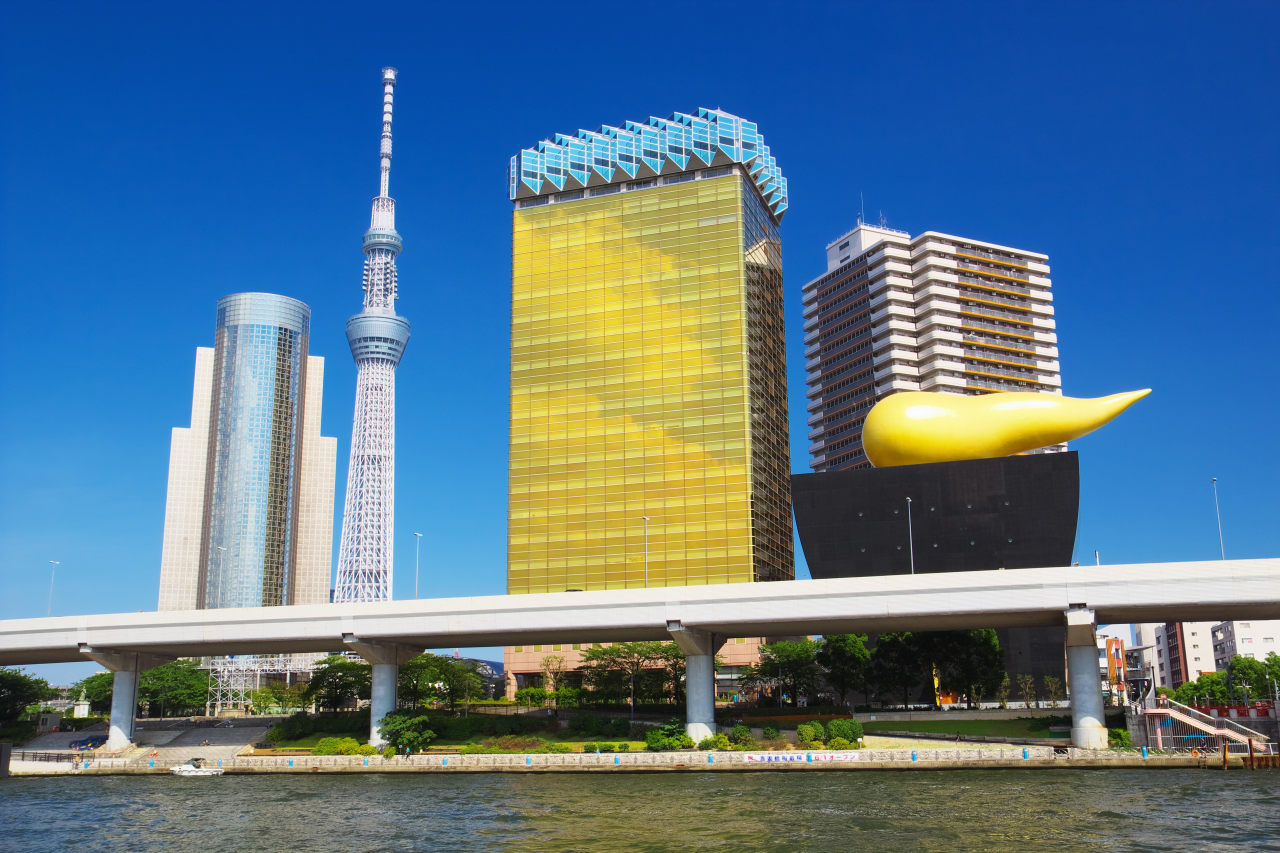
Edo-Tokyo Museum
Blending history, art and architecture, this stunning museum traces the history of Tokyo from its modest beginnings as a fishing village called Edo through to the present day.
Don't miss the small-scale models of Tokyo's neighborhoods, each showcasing a particular point in the city's history. One of the best is a model of the Ginza district during the Meiji era (1868–1912), which shows the area at a time when Western-style architecture had started to make a big impact on Tokyo. You can also spy exquisite omikoshi: these portable floats, used at traditional festivals, are gold-plated and encrusted with precious stones.
The museum building itself is also a must-see. Modeled after a traditional Japanese rice storehouse, the striking structure resembles an intergalactic space station floating on stilts.
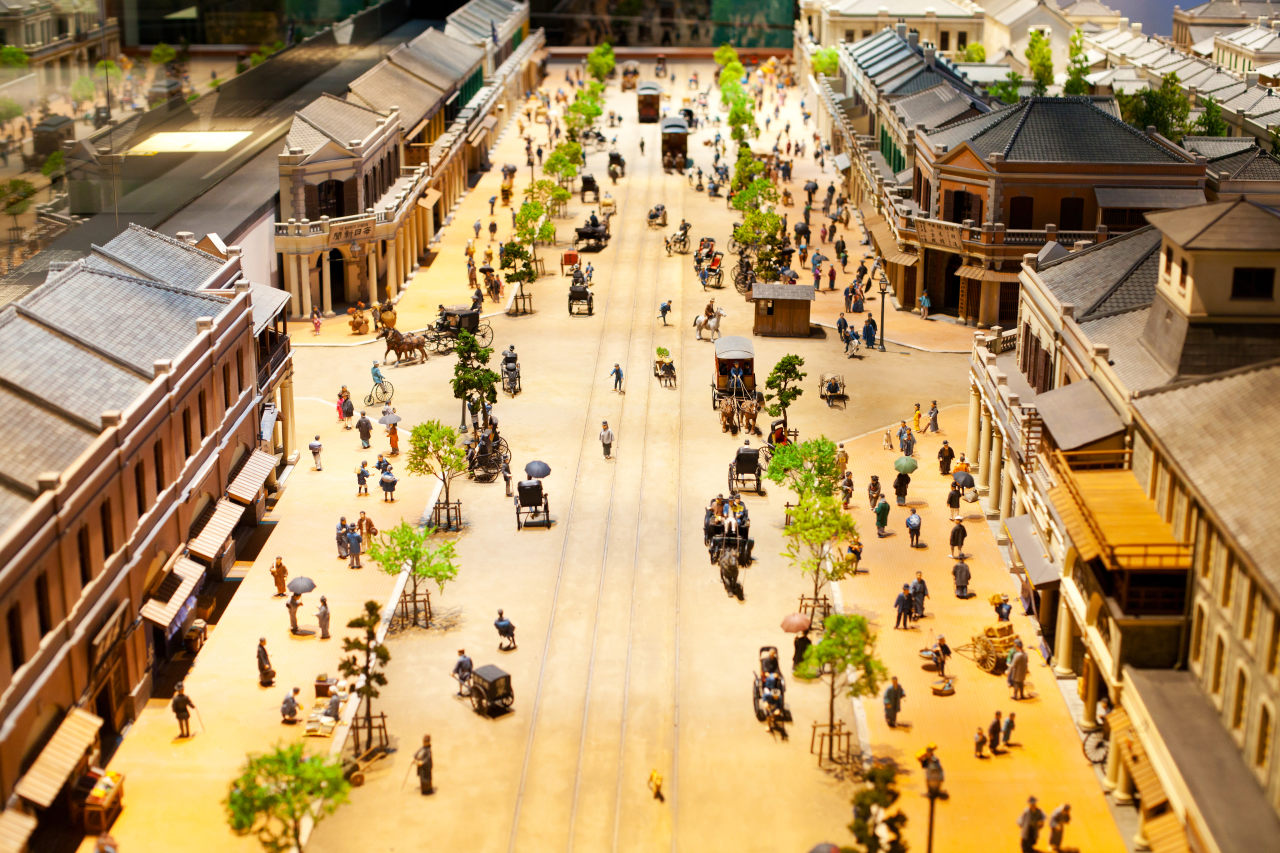
Ueno Park
Home to one of the most impressive concentrations of art in Tokyo, Ueno Park sits at the center of a down-to-earth working-class residential and entertainment district.
With its temples, shrines and cherry trees, as well as its magnificent lotus pond, statues and tombs, the park resembles a miniature model of Japan. It’s best explored in spring, when Ueno hosts Tokyo’s biggest cherry-blossom festival.
A number of venerable museums and galleries also call the park home, including the impressive National Museum of Western Art. Designed by Le Corbusier, exhibits here range from 15th-century religious pieces to works by Joan Miró and Jackson Pollock.

Tokyo National Museum
Occupying a major swathe of the northern reaches of Ueno Park, the magisterial Tokyo National Museum is set among courtyards, fountains and trees.
Its four main galleries – Honkan, Heiseikan, Toyokan and Horyuji Treasures – contain not only the most important collection of Japanese art and archaeology in the world, but also a treasure trove of Asian antiquities.
Make a beeline for the Honkan gallery to admire traditional Japanese prints, lacquerware and calligraphy. An elegant garden to the side, home to ponds and teahouses, opens for both the cherry blossom and fall foliage seasons.

Koishikawa Korakuen
Established in 1629 by the Tokugawa clan, Koishikawa Korakuen is Tokyo’s oldest surviving garden.
Its many charming features – including a heart-shaped pond, quaint bridges and minature hills – are the perfect antidote to the city's hustle and bustle. Be sure to take a stroll along the winding, tree-shaded paths that lead to one of the garden's charming bridges; the elegant, red-painted Tsutenkyo and the Chinese-style Engetsukyo are two of the most beautiful sights in the park.
If you’re feeling peckish after exploring the gardens, head for Kantoku-tei, a teahouse with a room facing on to the Oigawa River. Here you can refresh yourself with omatcha (powdered green tea) and a traditional Japanese sweet.
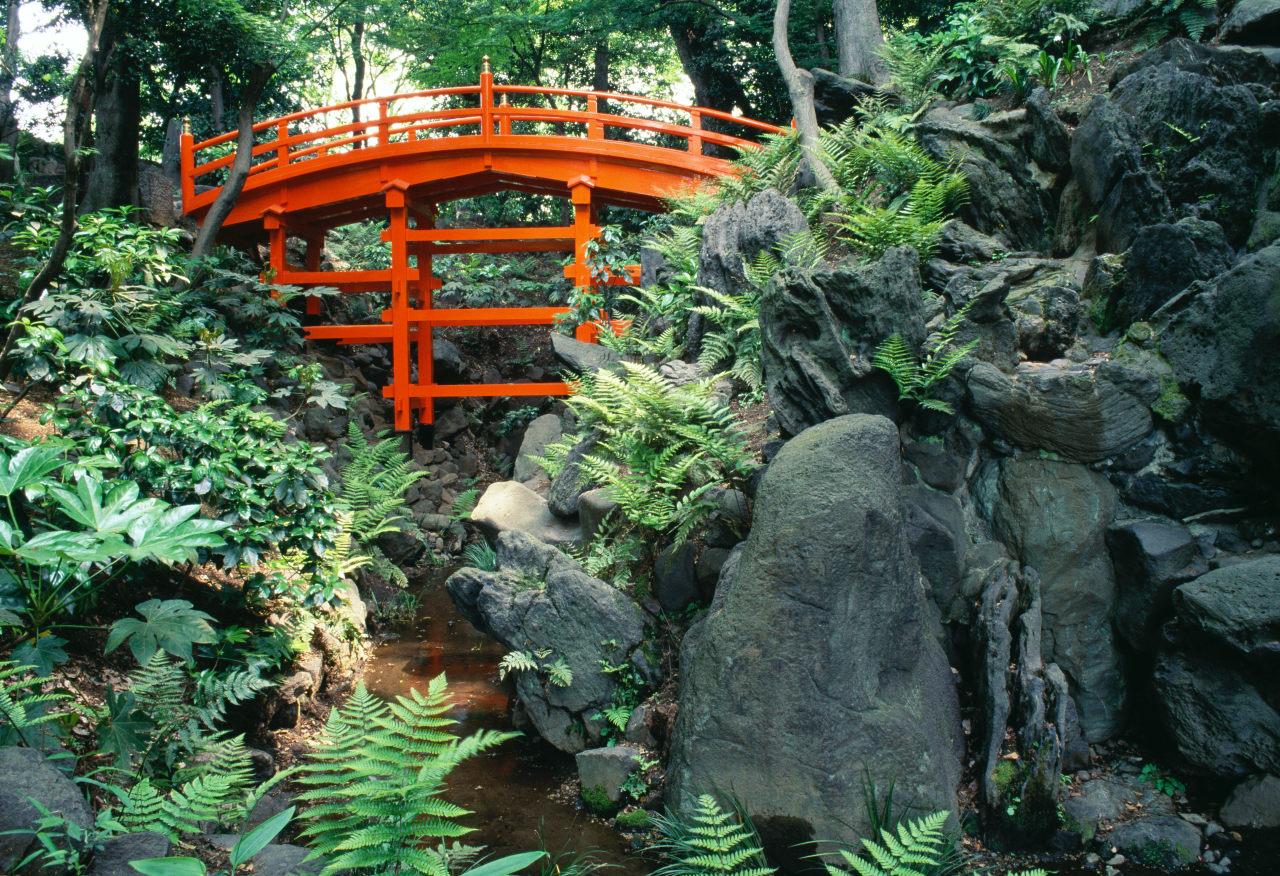
Senso-ji Temple
Senso-ji is the oldest temple site in Tokyo and the capital’s spiritual epicenter. Rebuilt countless times since its founding in 628, the current temple – dedicated to Kannon, the Goddess of Mercy – is a fireproof replica of an earlier version built in 1692.
One of the liveliest spots in the city, the temple grounds attract throngs of visitors throughout the year. Most come to pray inside the cavernous main hall with its opulent, golden altar and priceless collection of 18th- and 19th-century votive paintings.
The temple also boasts two large straw sandals hanging on the Hozomon Treasury Gate. Made for deities with feet of mythic size, they symbolise the traditional footwear of the Buddhist pilgrim.
If you're after a souvenir, look no further than Nakamisedori. The main avenue leading into the temple complex, this walkway is packed with more than 150 stalls and booths selling traditional goods and tourist knickknacks.
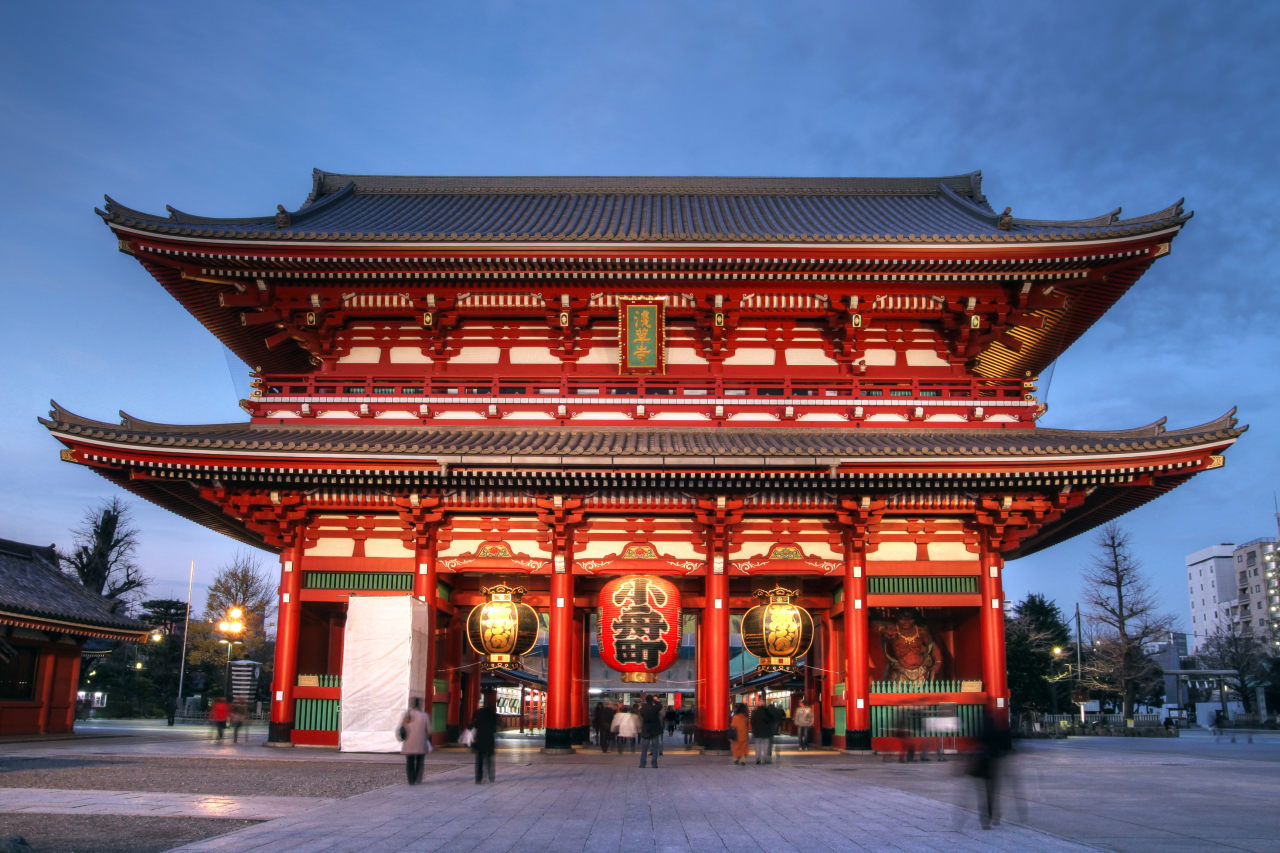
Yanaka
An oasis of calm, seemingly frozen in time, Yanaka is a far cry from the notion of Tokyo as a metropolis of the future.
The area, a short stroll north of Ueno Park, is where some 60 temples and shrines relocated after a fire devastated the capital’s downtown area in 1657. They remain there today alongside the plaintive Yanaka Cemetery, the final resting place of many of Tokyo’s most famous residents.
There’s also Yanaka Ginza, a traditional shopping street straight out of Tokyo’s past. Global chains are banished here in favor of butchers, greengrocers, cafés, soba restaurants and traditional crafts shops such as the 150-year-old Isetatsu. This shop creates and sells chiyogami – patterned washi (Japanese handmade paper) once popular with the samurai class.

Odaiba Island
Built atop an old landfill, the artificial island of Odaiba is one of the most surreal and futuristic places in all Tokyo. A place of entertainment and experiment, it’s home to everything from high-tech buildings and fashion malls to an illuminated Ferris wheel and a man-made beach.
Science-lovers should head to the National Museum of Emerging Science and Innovation – which focuses on space, life sciences and cutting-edge technology – while those in search of a view should make a beeline for the gravity-defying Tokyo Big Sight: this colossal exhibition center boasts an eighth-floor Observation Lounge.
Don’t miss the Fuji TV Building. Two blocks of this Kenzō Tange-designed structure are joined by girder-like sky corridors and a titanium-paneled sphere, making it resemble a hi-definition, widescreen TV set.
